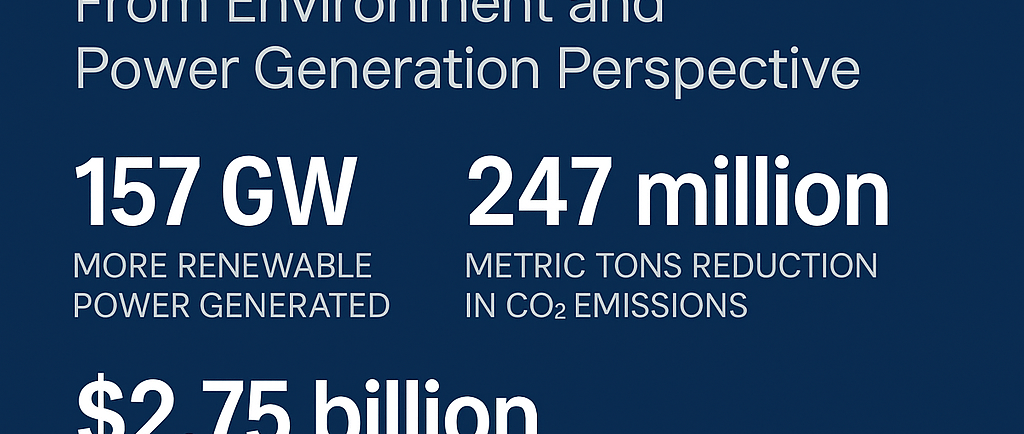⚡ Revolutionizing Clean Energy: The Open-Source Low Torque Generator Project
A revolutionary open-source low torque generator design aims to transform clean energy generation by drastically reducing mechanical input under load. Developed by Sateesh Peetha, the project is now live on GitHub to inspire collaboration and accelerate the global shift to sustainable power.
4/5/20252 min read


🌍 Why This Project Matters
The world is racing toward a clean energy future. But as the demand for renewable energy skyrockets, so do the challenges. One of the biggest problems in traditional power generation—especially hydroelectric and wind—is the high mechanical torque required under load. This is mainly due to electromagnetic drag (back EMF) and core saturation in conventional generator designs.
These inefficiencies limit how much power we can extract from natural sources. They also increase infrastructure costs and make energy generation less sustainable in the long run.
So, what if there was a better way?
🌱 By Sateesh Peetha
🔗 GitHub Project
💖 Support the Project
⚙ Introducing the Low Torque Generator Design
I’m developing a new low-torque generator architecture, and I’ve made it fully open-source on GitHub to promote transparency and global collaboration. The goal? To dramatically reduce the mechanical resistance under load, allowing for smoother, more efficient energy generation—even at higher RPMs.
🔬 This innovation addresses:
Back EMF: Mitigates magnetic resistance that slows rotors.
Air Gap Issues: Reduces flux leakage beyond the core.
Mechanical Input Demand: Lowers the force required to rotate under load.
It’s designed to work with wind turbines, hydroelectric turbines, and future clean mobility systems.
📈 Theoretical Benefits (And They May Be Underestimated!)
Based on current global benchmarks and data:
🌀 Hydroelectric Power
Traditional Efficiency: ~80% under load
With This Design: ~85–90% efficiency
✅ Potential Gain: +5–10% power output
🌬 Wind Power
Traditional Efficiency: ~35% under load
With This Design: ~45–50% efficiency
✅ Potential Gain: +10–15% power output
🏭 Real-World Impact (Global Scale)
Extra Renewable Power: Up to 157 GW more from existing infrastructure
CO₂ Emissions Cut: Over 247 million metric tons/year
Cost Savings: ~$2.75 billion/year in reduced power generation costs
💡 And these are conservative estimates. In real-world applications, especially at scale and higher RPMs, the efficiency gains could be exponential.
🤝 Why Open Source?
Patenting requires significant resources. Due to 24/7 surveillance and personal limitations, I chose to share this project with the world via GitHub rather than delay its potential.
This is a call to collaborators, researchers, engineers, and enthusiasts—anyone who believes in a better energy future. You’re welcome to build, contribute, or improve the design.
🔗 👉 View the Project on GitHub
🎯 How You Can Help
This project is being developed without institutional funding. If you believe in innovation for good and want to support this clean energy breakthrough, you can contribute:
Your support helps continue open-source development, prototyping, and spreading the impact worldwide.
🚀 Final Thoughts
This project isn’t just a generator—it’s a statement. A challenge to the status quo. A vision for a cleaner, more efficient, and inclusive energy landscape.
If this idea resonates with you, share it. Clone it. Test it. Make it better. Let’s build a future where sustainable power isn’t just a hope—it’s the norm.
🔗 Project Repository: https://github.com/sateesh-peetha/Low-torque-Generator
🔔 Follow the journey, contribute your insights, and together, let’s power the planet—smarter and cleaner.
